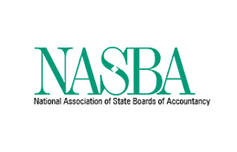
Advanced Financial Analysis
Why Attend
This course brings together the key elements of financial statement analysis. It will enable participants to ask the right questions, see the real risks facing businesses and investors, feel more confident in their ability to comment on business activities and performance, and analyze financial health for management. These skills and the required technical knowledge will be put into practice throughout the course using interactive examples and case studies, putting theory and technique into context.



